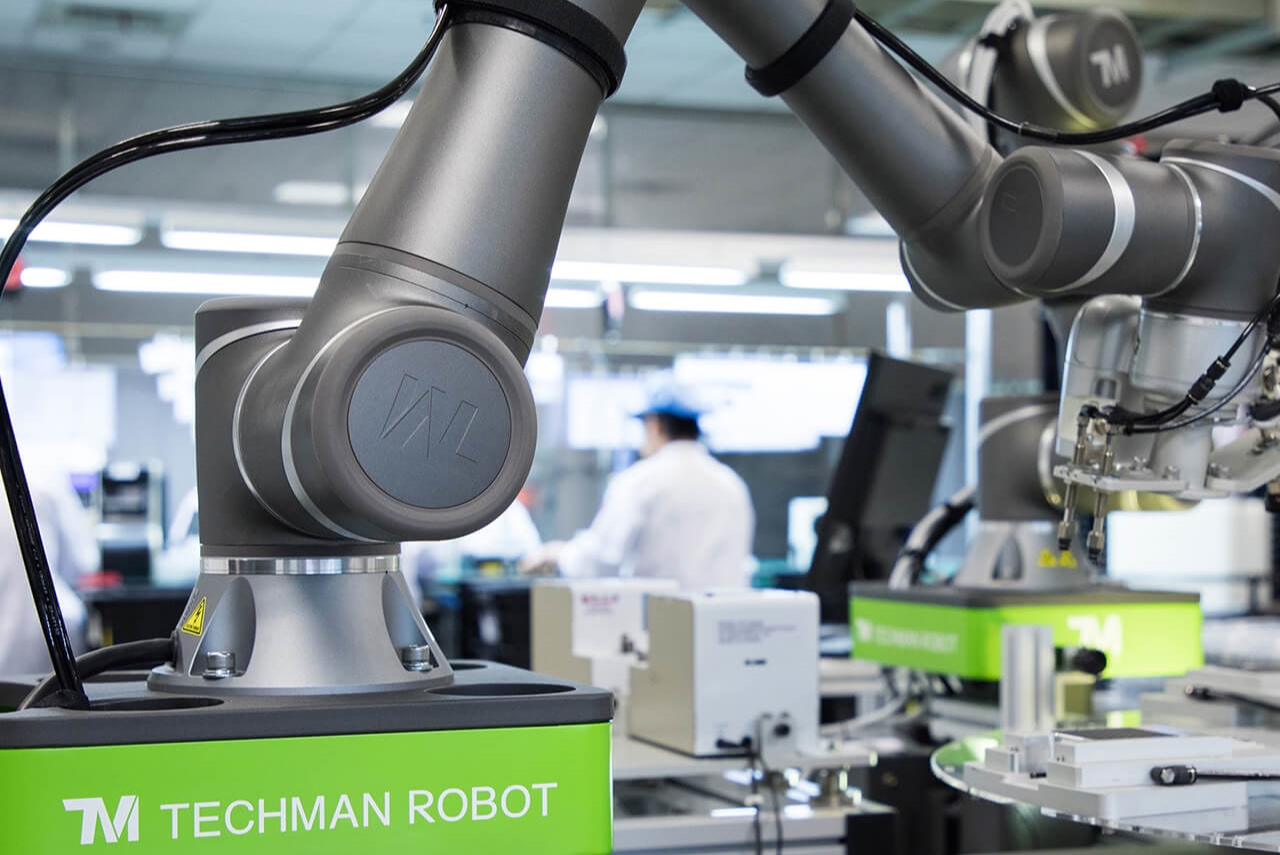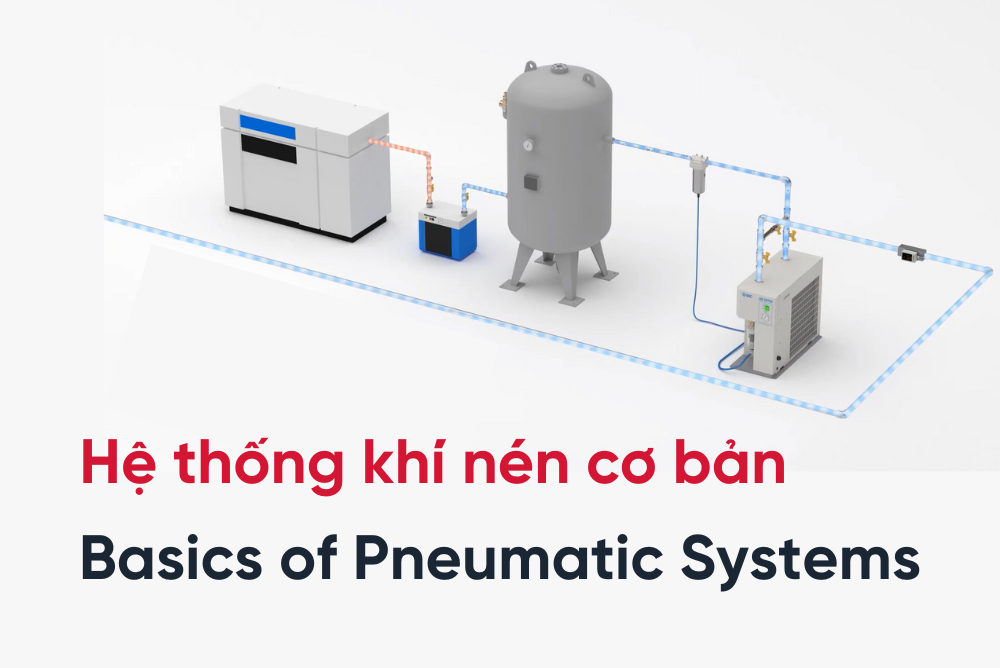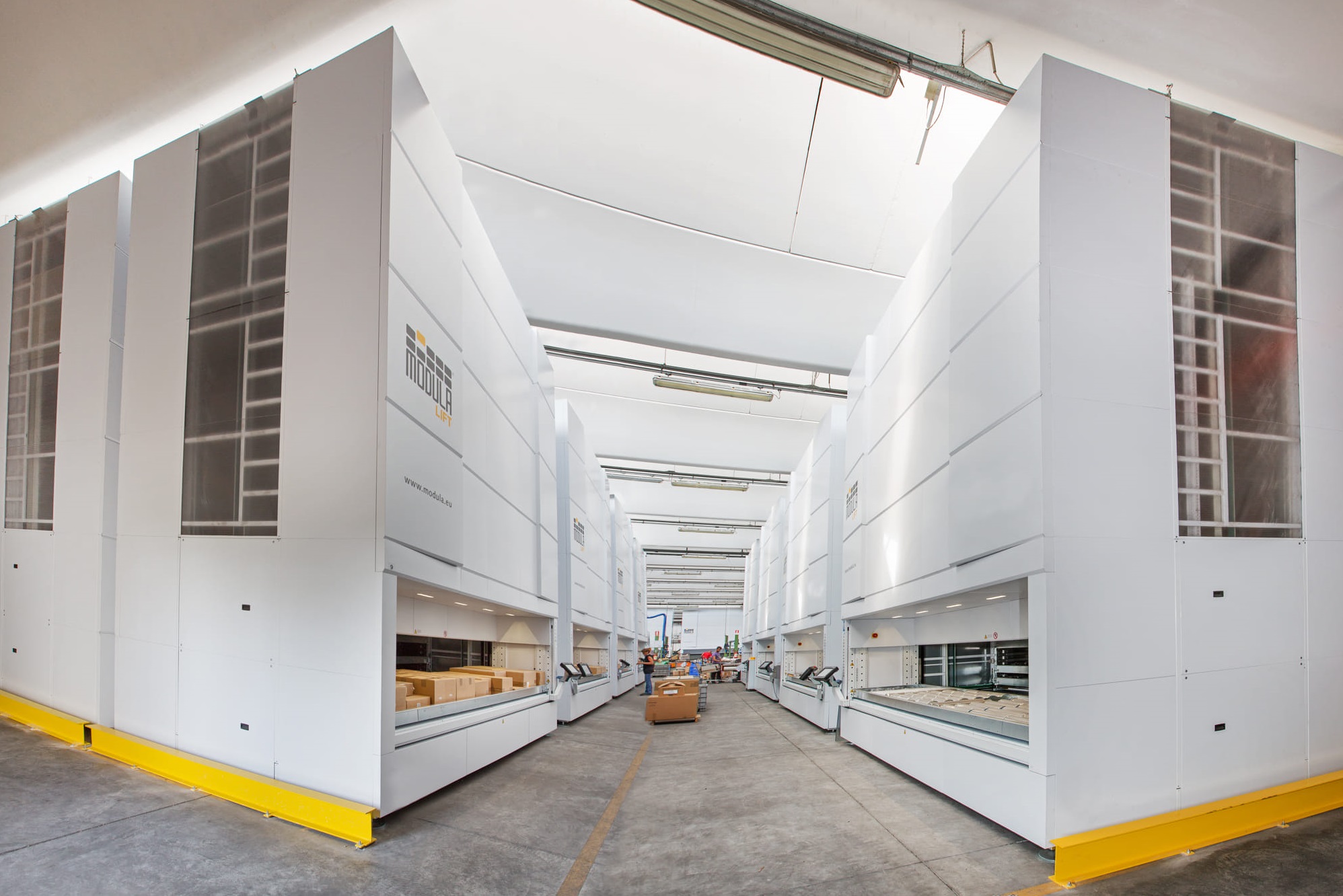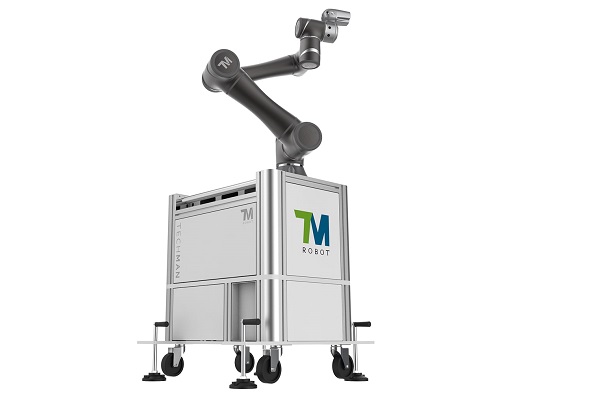Collaborative robots (or cobots) are key to manufacturing automation, because they were developed to help humans in heavy and repetitive tasks. Today's collaborative robots are increasingly empowering workers because they will assist in performing heavy and time-consuming jobs, and allow workers and engineers to spend that time doing higher-value tasks such as R&D or tasks that require problem-solving or decision making.
Here are five ways that collaborative robots (or cobots) help people do their jobs more efficiently in the manufacturing industry.
1. Remove boring, monotonous tasks
Using cobots can remove boring, repetitive tasks so that workers or engineers can have more time for other difficult, higher-value tasks, giving businesses an added competitive advantage over their competitors.
A good example is the BMW Group, which has seen tremendous efficiency in production within just two years of implementing cobots in its production line. The company has eliminated 50% of heavy lifting from the assembly line by using collaborative robots instead of human labor. They also plan to automate more tasks with the goal that most employees will no longer have to do manual work, instead they will be doing more valuable work like research and development (R&D), problem-solving, etc. Additionally, studies have shown that workers tasked with working alongside cobots experience less fatigue, which allows them to remain more productive for longer periods of time.
2. Improve safety standards
According to Visitcompletecare.com, among workplace injuries, the most common injuries are caused by contact with work equipment. Therefore, collaborative robots were born to meet and improve safety standards for workers by taking on potentially dangerous jobs that can lead to injuries.
Safety standards have been greatly improved with the use of cobots because these machines never tire or lose focus, so they won't cause any harm to humans. Companies that use cobots in their work lines have reported a significant reduction in incidents in their workplaces, which has also bolstered their reputation as a safe workplace.
3. Improve efficiency level
A common problem faced by many manufacturers is production line downtime. A production line downtime can be caused by many factors such as broken components, malfunctioning machinery, etc. This will lead to increased costs, reduced revenue, and an impact on profits. But this can be completely avoided when using cobots because they do not need to rest.
Cobots are programmed to monitor the production line and send alerts when there are any problems in the operation. When an incident occurs, workers simply take over the job while the robot continues to do its job and then return to work after the problem has been repaired. As a result, the overall level of efficiency on the assembly line will be improved and productivity will increase.
4. Improve the quality
Collaborative robots have also been shown to improve quality in some manufacturing plants. Unlike humans who can get bored, tired, and distracted over time, these cobots are programmed to monitor the quality of every job, every product they make. Therefore, when the cobot encounters a faulty component, it automatically alerts the operator and stops the entire production line until the problem is resolved.
This helps businesses reduce costs due to defective products (no need for employees to redo the product, no need to re-issue defective materials, no need to spend extra costs to destroy and handle defective products). . This also saves businesses time and money, reduces operating costs, and helps protect the environment by reducing the amount of waste generated from defective products.
5. Let humans do higher-value tasks
Using cobots doesn't mean people lose their jobs; instead, these machines allow humans to spend their time and intelligence on more valuable and more skilled jobs, helping to keep workers and engineers relevant in the workplace. Companies actually find that their workers become more engaged in their jobs when they're not bogged down by monotonous tasks or facing dangers along the way.
Also, studies have shown that humans enjoy better working conditions after their businesses use cobots because these machines already do all the heavy lifting. The benefits of collaborative robots extend beyond improving worker safety; companies also benefit from improved quality and increased efficiency as production processes have now been improved by the use of cobots.
The advent of cobots has empowered people in many ways, allowing businesses to maintain a streamlined workforce while improving productivity and efficiency.
Collaborative robots in industrial production
Collaborative robots are used in a number of industries to help improve productivity levels and help workers do their jobs more efficiently. Cobots can help reduce the number and severity of plant traumatic incidents and improve quality standards — all without harming employees. This not only helps increase profits for businesses, but also helps their employees have time to spend on more relevant jobs. Collaborative robots are changing manufacturing automation and giving human a safer working environment at the same time!
Temas helps your business succeed in the industrial manufacturing industry through cobot applications. Visit our blogs to know more about cobot technology, manufacturing automation and Industry 4.0.
Read more about: The differences between Robots and Cobots
Techman cobots: TM5 series and TM12/TM14 series


 Read more
Read more



